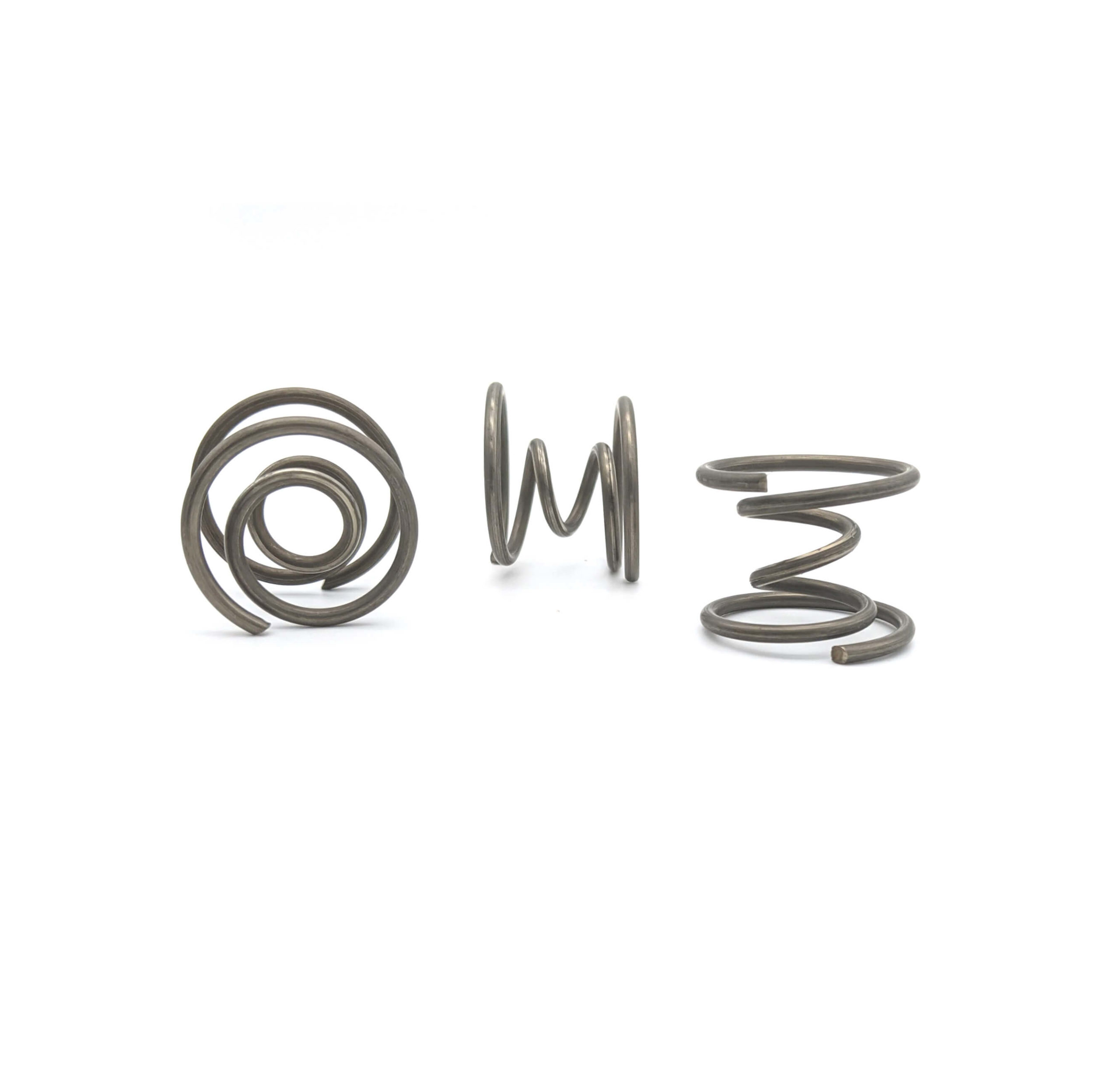Get unique, complex parts easily. No matter your requirements, Chaoyi Spring creates hard-to-produce coil springs and wire forms.
Let us help you create the custom wire form you need, from S-hooks and J-hooks to utility hooks and more.
We work closely with customers across a wide range of industries, helping them design and manufacture made-to-order parts.
Why choose Chaoyi Spring? We prioritize customer-focused collaboration, modern equipment and the latest technology to make your parts per print.
Find the information and guidance you need, from measuring a spring to learning about materials, placing an order and much more.
Have you ever found yourself in a situation where you need to compress a coil spring, but you don't have a spring compressor? It happens! Maybe you're working on a


Have you ever found yourself in a situation where you need to compress a coil spring, but you don't have a spring compressor? It happens! Maybe you're working on a project around the house, tinkering with a car, or even just need to get a spring out of the way. Don't worry, you don't need a fancy tool to get the job done. With a bit of ingenuity and some common household items, you can safely compress that spring and get your project back on track. This guide will walk you through some effective methods and essential safety tips.

Coil springs are designed to resist compression, and trying to compress them without the proper tools can be dangerous. A sudden release of a compressed spring can cause serious injury. However, there are safe and practical ways to compress a spring without using a specialized tool, especially when dealing with smaller springs.
Before you even think about touching a spring, make sure you understand the risks and take the necessary safety precautions:
Here are some proven methods for compressing a coil spring without using a dedicated spring compressor:
If the spring you need to compress is relatively small, a vise can be a useful tool. Follow these steps:
This method is suitable for smaller springs, such as those found in certain types of appliances or small mechanical assemblies.
This method involves using a sturdy lever to compress the spring. Here's how to do it:
The lever method provides more control over the compression process, but it's still important to be cautious and apply pressure slowly.
C-clamps can also be used to compress springs, especially if they are small to medium-sized.
This method works well for a range of spring sizes, but be sure to use a C-clamp that's strong enough for the spring you're working with.
If you're dealing with a larger spring or the methods above aren't suitable, here are a couple of alternative approaches:
Compressing a coil spring without tools can be done safely and effectively with a little ingenuity and common sense. Remember, safety is paramount, so always take the necessary precautions and work carefully. If you're ever unsure about how to compress a spring, don't hesitate to consult a professional.
This guide has provided you with practical methods and crucial safety tips to compress a coil spring without using a specialized tool. With the right approach and careful execution, you can confidently tackle those spring-related tasks around the house or workshop.
Browse some of the custom wire forms and springs that we manufacture. Don’t see what you need? We specialize in made-to-order products that meet your application requirements.
Visit Our GalleryNeed a custom wire form or coil spring? We make it work. Fill out the contact form and a representative will respond within 1 business day. If you have a PDF or CAD file, you can submit to request a quote.